10 Mistakes to Avoid in Grand Teton National Park
10 Mistakes to Avoid in Grand Teton National Park
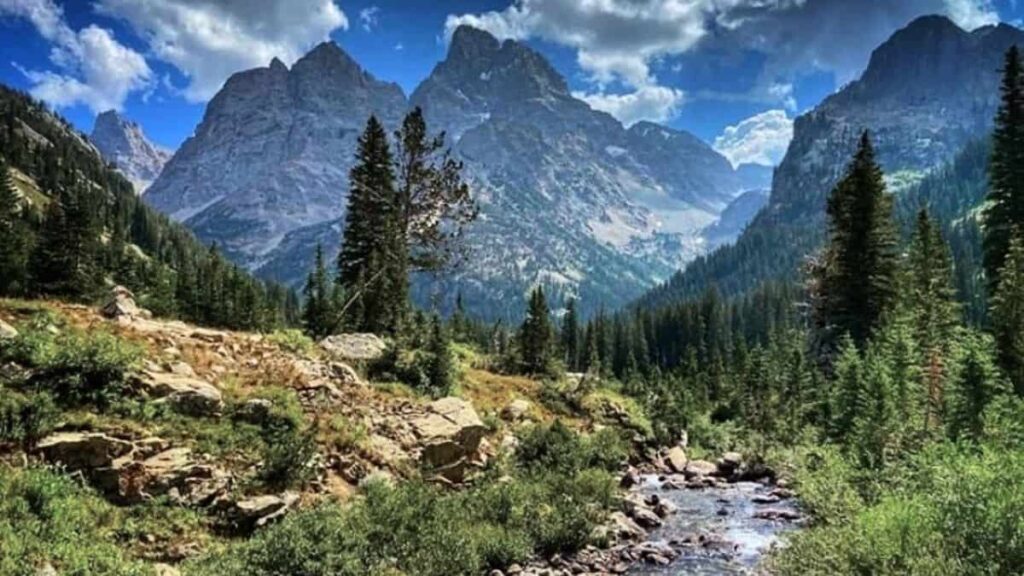
When you visit Grand Teton National Park, you’re stepping into a vast landscape of stunning mountain scenery and vibrant wildlife. Like any adventure in nature, there are guidelines and tips that can make your visit safe and enjoyable.
This guide highlights ten common mistakes visitors make in the park. By knowing these pitfalls, you can have a smoother, more enjoyable experience as you explore the beautiful terrain and all that it offers.
1. Ignoring Trail Etiquette

Ignoring trail etiquette not only affects your experience but also that of others on the trail. When you’re hiking, always yield to those coming uphill. They have the right of way because they might not see you and stopping on an incline can be challenging.
Also, it’s vital to carry out all your trash. Leaving waste not only spoils the pristine nature of the park but can also harm wildlife who might ingest dangerous materials. Practicing good trail manners helps everyone enjoy their adventure without unnecessary disruptions.
2. Relying on Phone GPS

While smartphones are handy, relying solely on your phone’s GPS in Grand Teton can lead to trouble. The park often has spotty cell service, making electronic maps unreliable. It’s smarter to carry a physical map and a compass.
These old-school tools don’t rely on batteries or signal and can be lifesavers if your electronic devices fail. Learning basic map and compass skills before your trip can greatly improve your navigation confidence and safety.
3. Overlooking Permits

Some areas of Grand Teton require permits, especially backcountry zones. These permits help manage the number of visitors, reducing environmental impact and preserving the quality of the wilderness for everyone.
Check the park’s official website or contact park services in advance to find out which areas require permits and secure them early. Being prepared with the necessary permits is essential for a hassle-free adventure.
4. Lack of Proper Footwear
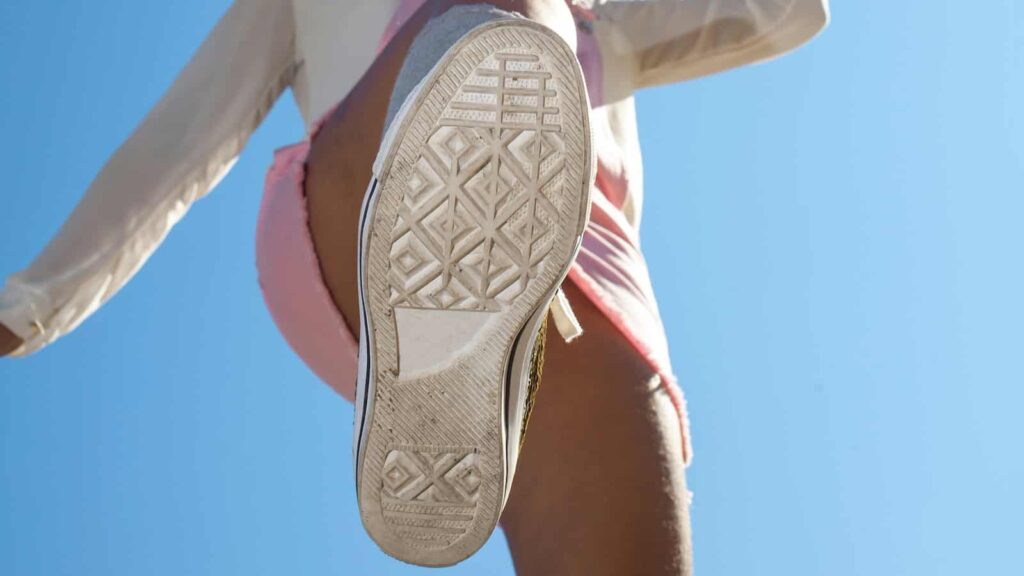
The rugged terrain of Grand Teton demands sturdy hiking boots. Trails often include rocky paths, uneven surfaces, and occasional wet areas. Proper footwear provides the necessary support, protects your feet, and prevents injuries.
Lightweight sneakers or casual shoes might not offer the grip and protection needed, leading to slips or sore feet. Investing in a good pair of hiking boots can make the difference between a painful experience and a delightful hike.
5. Starting Hikes Too Late

Timing is key when hiking in Grand Teton. Afternoon thunderstorms are frequent and can be dangerous.
Starting your hike early in the day helps you avoid being caught in bad weather, which can include lightning hazards and sudden drops in temperature. An early start also means you have more daylight to enjoy your hike and return safely.
6. Disturbing Wildlife
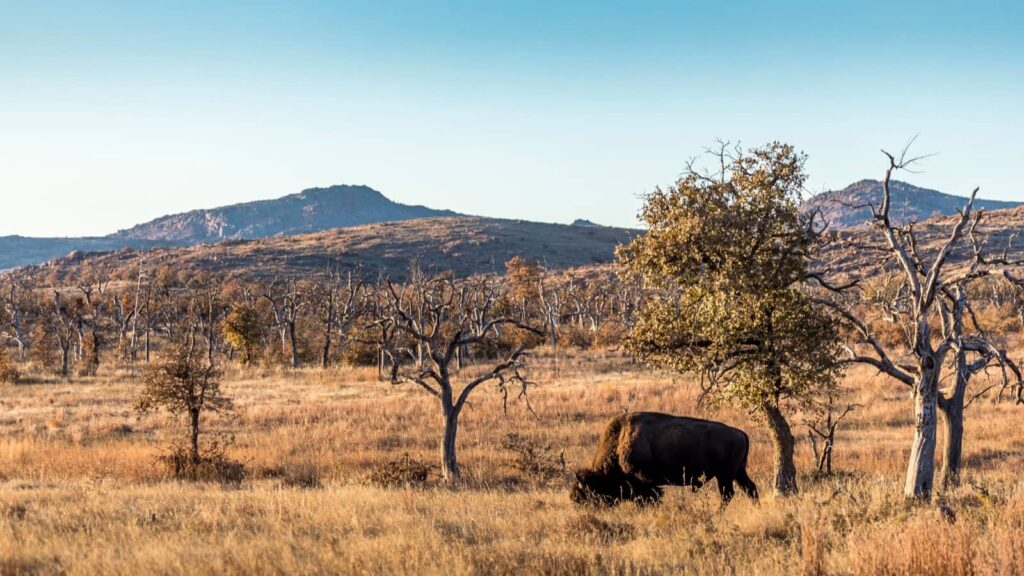
Wildlife encounters can be thrilling, but it’s important to maintain a safe distance. Approaching animals too closely can provoke them, leading to dangerous situations.
Always use binoculars or zoom lenses to view and photograph animals. Feeding wildlife is a big no-no as it alters their natural behaviors and diet. Respecting wildlife not only keeps you safe but also protects these animals’ natural way of life.
7. Not Reserving Campsites
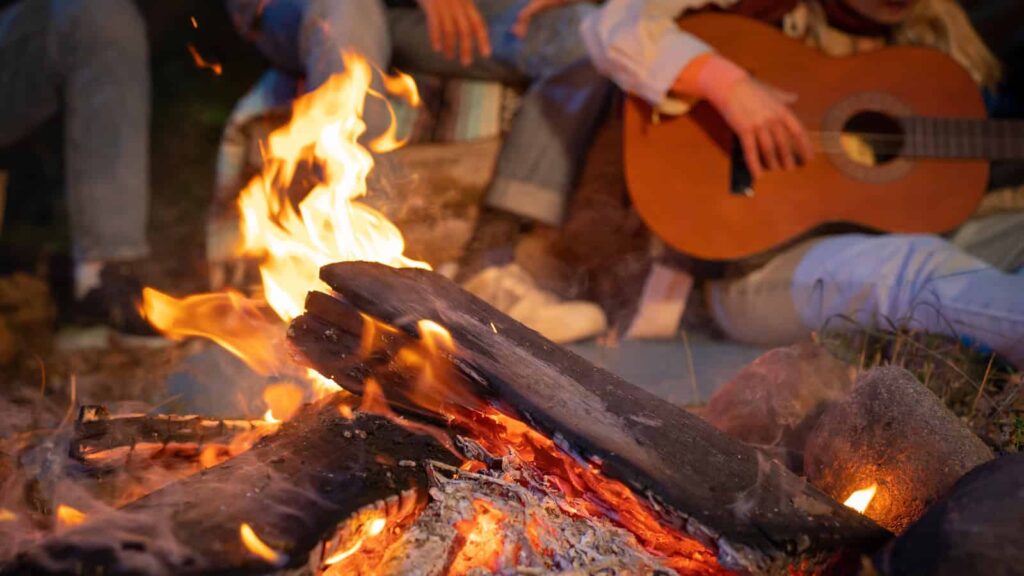
Grand Teton’s popularity means that campsites can fill up quickly, especially during peak seasons. To avoid disappointment, book your campsite well in advance.
This ensures you have a spot to rest after a day of exploring. Last-minute searches for camp spaces can add unnecessary stress to your trip.
8. Ignoring Weather Forecasts

Weather in mountainous areas can change rapidly. Before heading out each day, check current weather conditions and forecasts.
Being prepared for sudden changes can help you avoid getting caught in potentially dangerous situations. Dress in layers and always carry waterproof gear to adapt quickly to weather changes.
9. Skipping Bear Safety
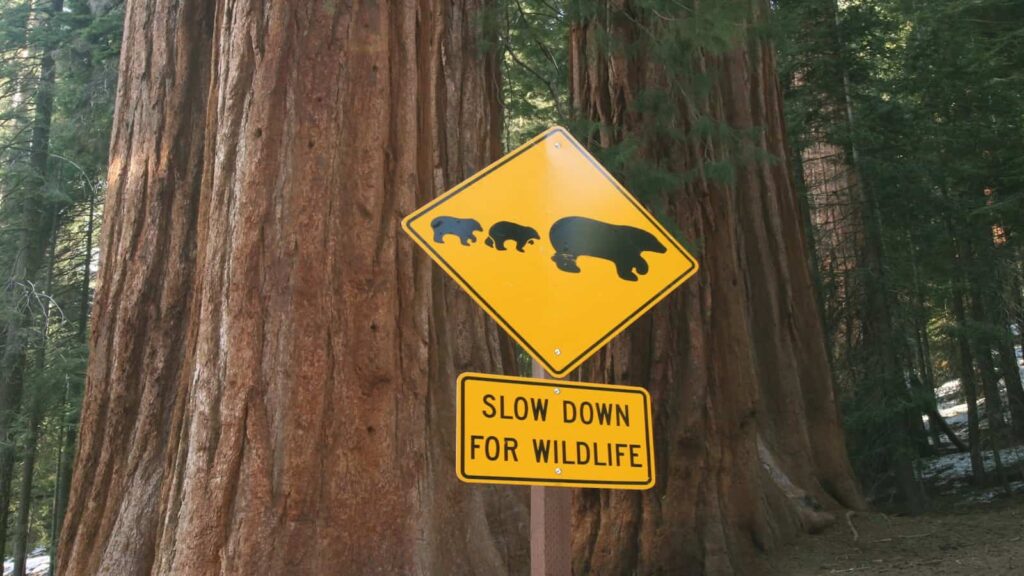
Bears are frequent residents in Grand Teton. Not being prepared for a bear encounter can be risky. Carry bear spray and know how to use it.
Also, store food and scented items properly to avoid attracting bears to your campsite. Understanding and practicing bear safety is vital for your safety and that of the bears.
10. Underestimating Altitude
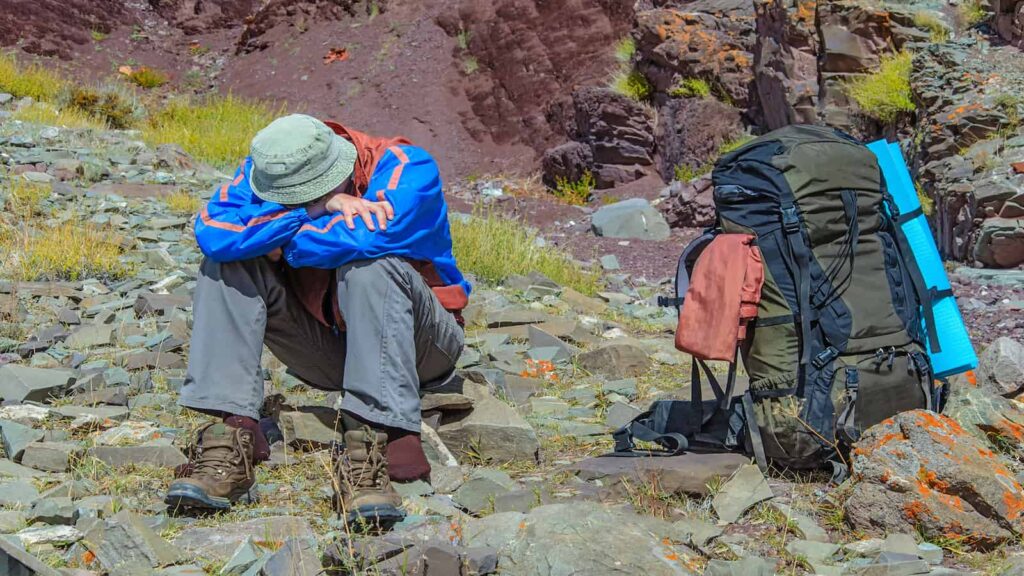
The high elevation of Grand Teton can affect anyone, regardless of fitness level. Altitude sickness can be serious. Give yourself time to acclimate to higher altitudes, especially if coming from sea level.
Stay hydrated and take it easy the first few days. Recognizing the signs of altitude sickness and knowing how to respond can keep you healthy as you enjoy the heights of Grand Teton.
15 Mistakes To Avoid In National Parks In The USA
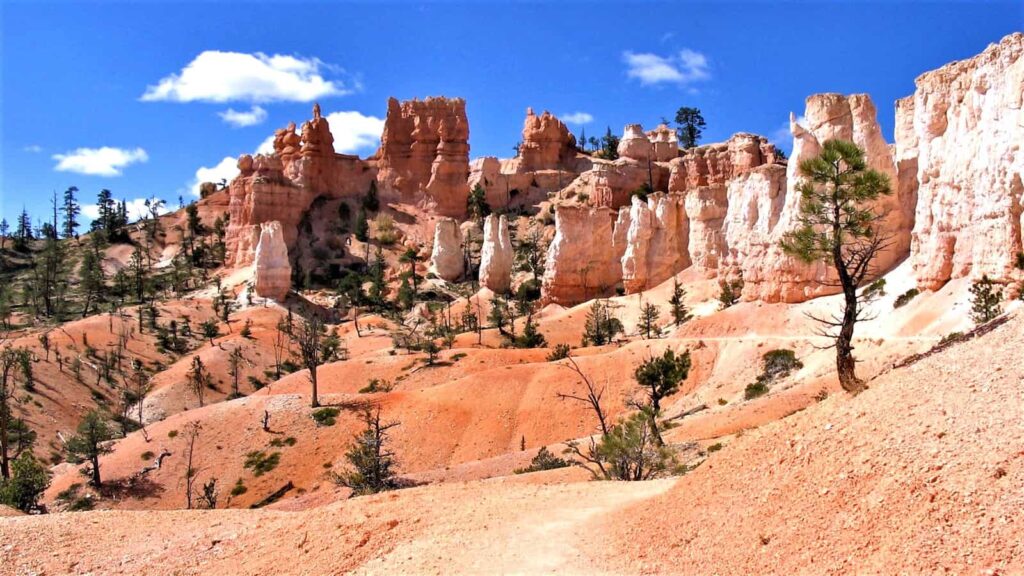
15 Mistakes To Avoid In National Parks In The Usa
16 Mistakes To Avoid On A USA Road Trip

16 Mistakes To Avoid On A Usa Road Trip
12 Common Mistakes Visitors Make In Yellowstone National Park
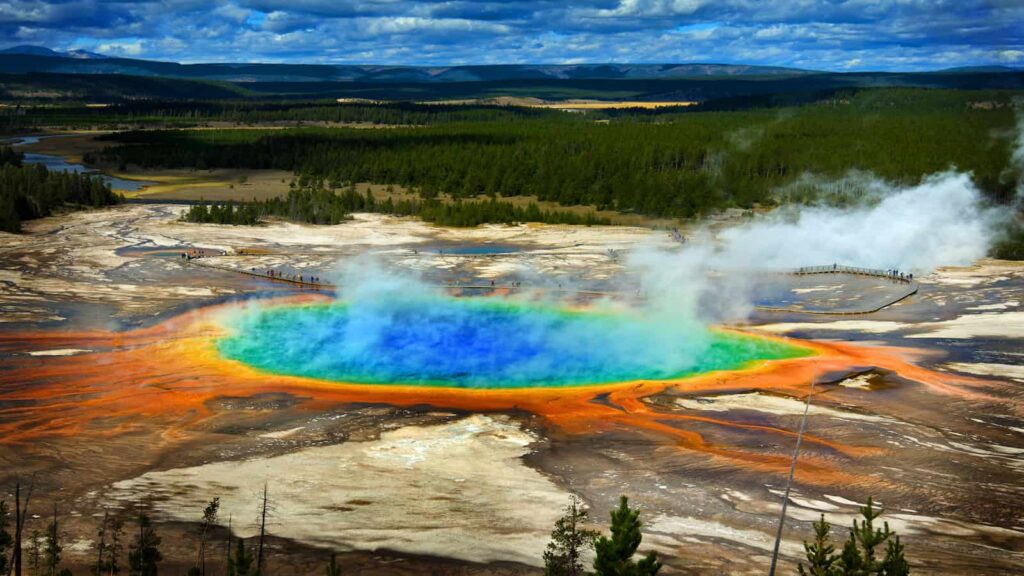
12 Common Mistakes Visitors Make In Yellowstone National Park
We are Mary and Eric, the founders of Be Right Back, a blog dedicated to romance around the globe and at home.
We are Mary and Eric, the founders of Be Right Back, a blog dedicated to romance around the globe and at home. With over 10 years of experience in dating and traveling to romantic places, we share our favorite date ideas and romantic destinations to help couples level up their relationships. Having lived in and traveled through the USA, we also share our favourite things to do in the States.
With 70,000 monthly readers and 16,000 followers on social media, Be Right Back is your go-to resource for romantic trip ideas and couple activities at home and abroad.
